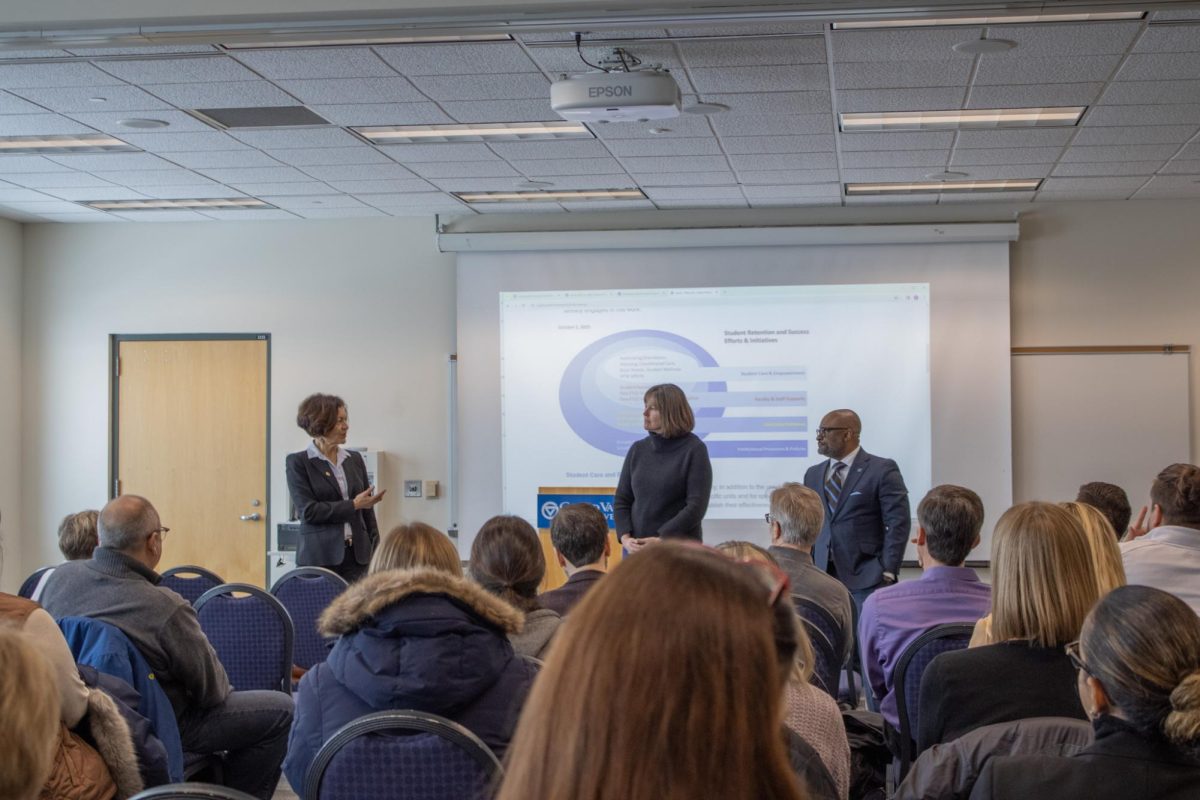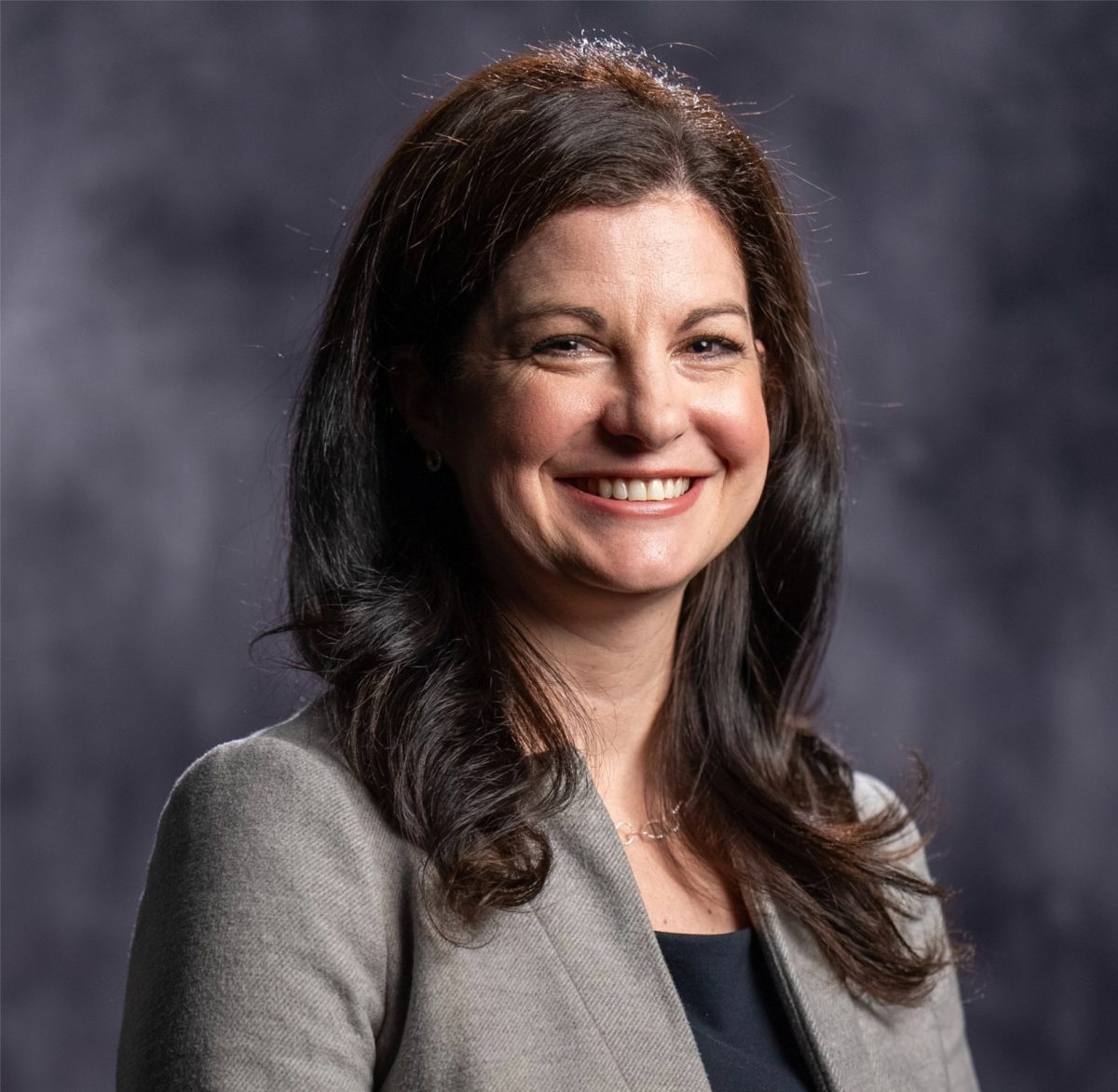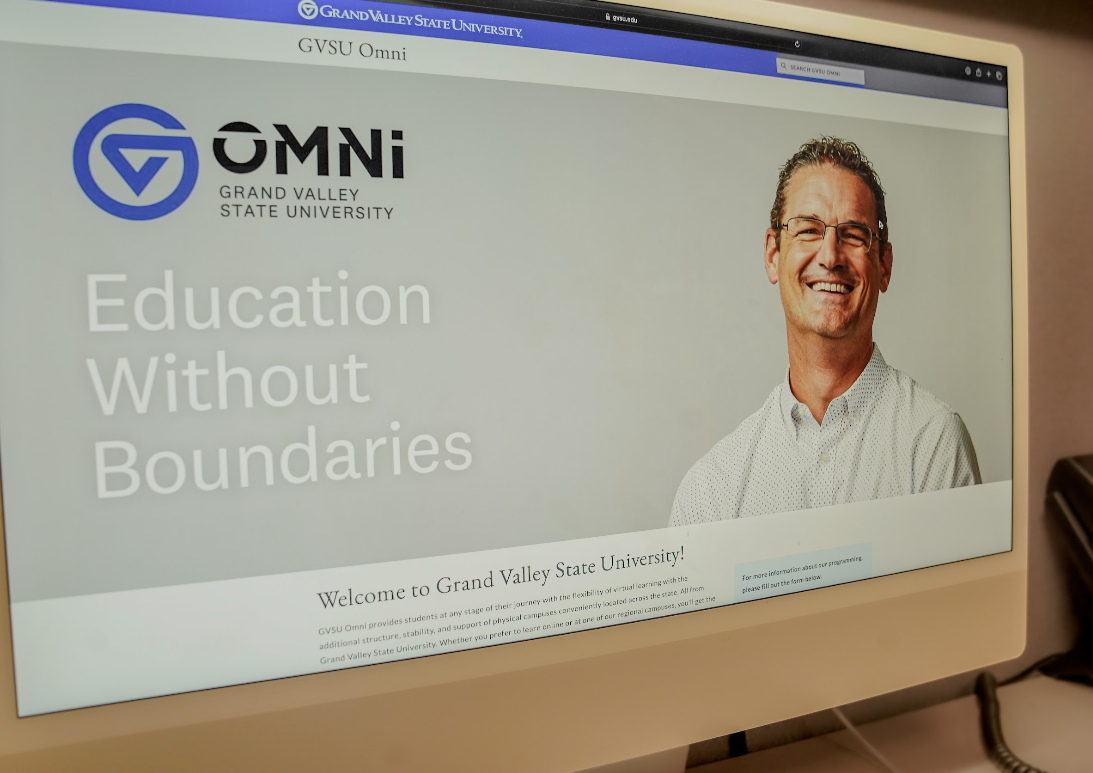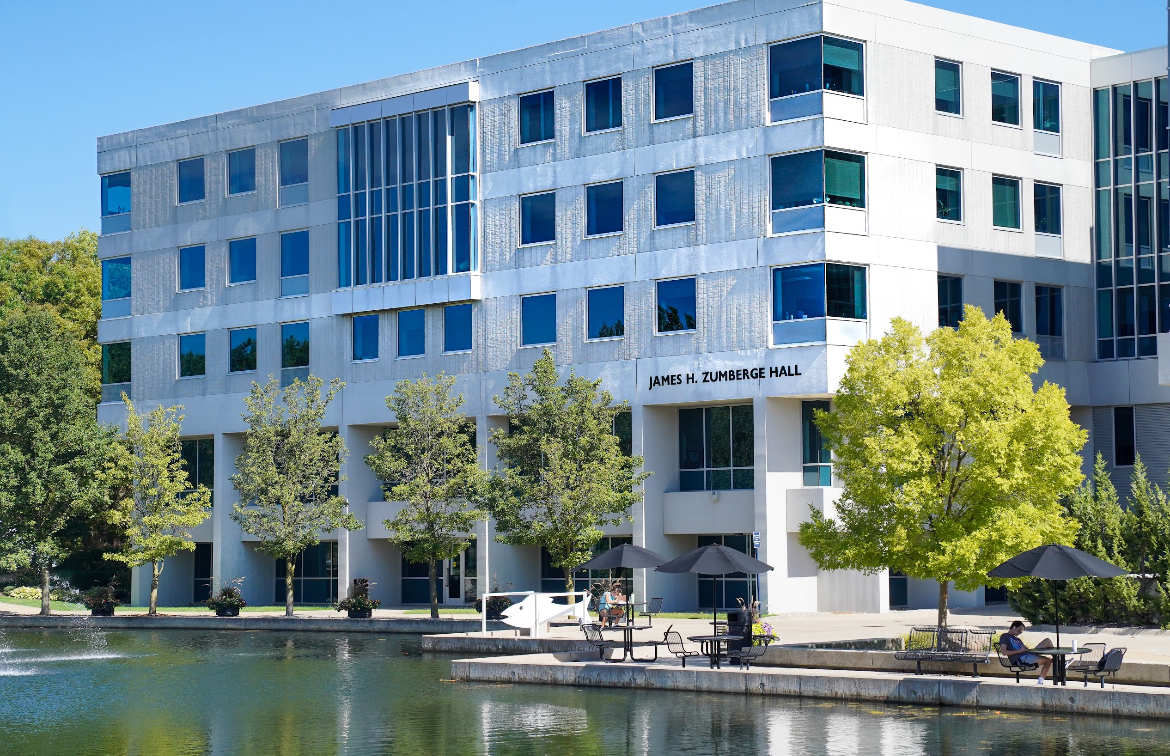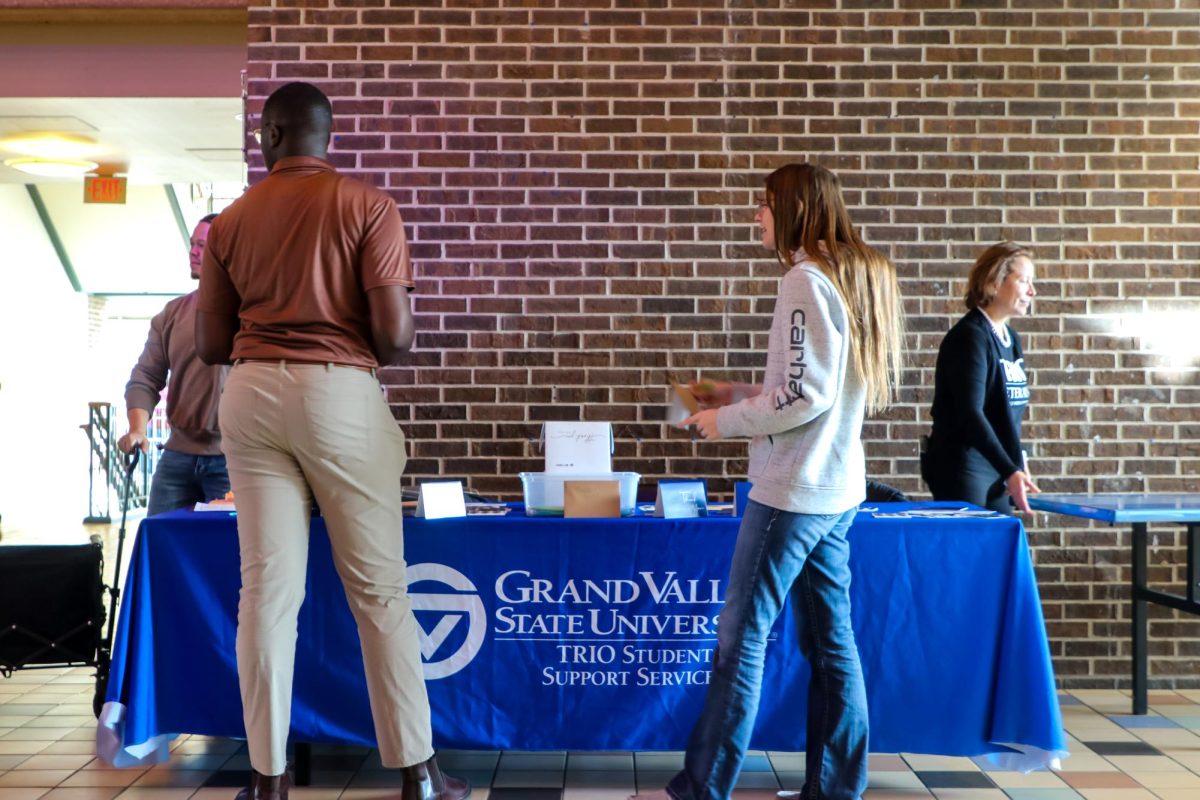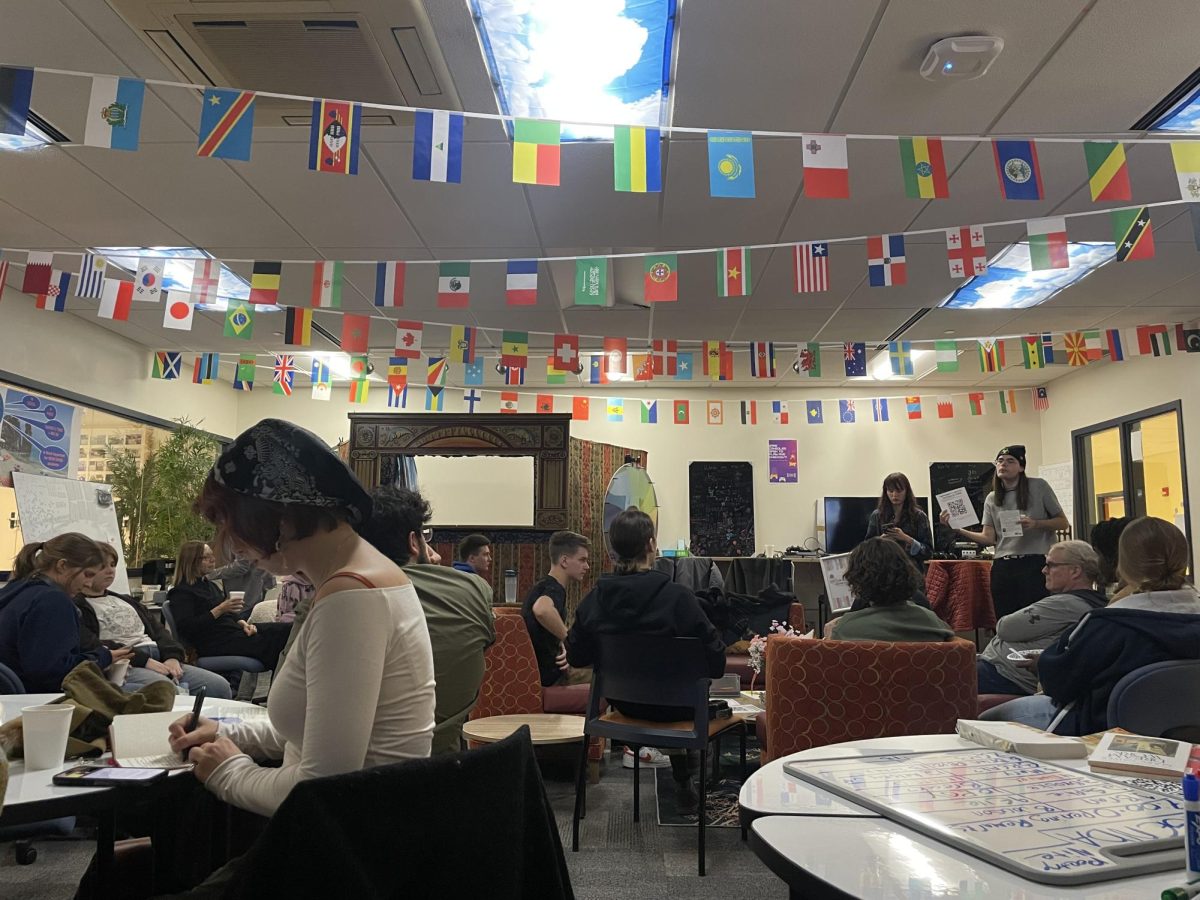On Jan. 24, the Office of the Provost at Grand Valley State University hosted a town hall dedicated to student success and enrollment retention. President’s Council representatives shared their strategies for retaining students from orientation through graduation and fostering success in between. The President’s Council representatives include Fatma Milli, the Provost and Vice President for Academic Affairs, B. Donta Truss, the Vice President for Enrollment Development and Educational Outreach, and Vice President of Student Affairs Jenny-Hall Jones
The town hall took place with context to the National Student Clearinghouse Research Center’s 2023 Report, which revealed a 2.2% percent drop in enrollment in Michigan colleges. This trend exceeds the national average by one percent. Despite this, GVSU announced an enrollment increase for the first time since 2017, with a 621-student increase from the previous fall.
The audience was made up of staff from various Grand Valley State University programs and departments– the GVSU Career Center, Department of Athletic and Recreation Facilities Management, the Tutoring and Reading Center, the Brooks College Advising Center, the Language Resource Center and more.
During the hour-long discussion, which was primarily led by audience members, a range of critical issues and topics were explored. The discussion touched on many potential factors contributing to underperforming students, dropouts, declining enrollment and retention rates.
A report from Data USA in 2021 revealed the retention rate for full-time undergraduates at GVSU stands at 83%, which is 10% higher than the Masters Colleges and Universities average.

“Retention starts the moment we’re in the world recruiting students,” Truss said.
Truss said the Office of the Provost has started to rethink and reinvigorate some of their methods for orientation and recruitment. For instance, GVSU offers the Grand Valley Pledge, which provides free tuition for qualified students who have a family income less than $50,000.
The Grand Valley Pledge is just one of many programs initiated by the Office of the Provost. Other projects include the development of a new athletic complex, enhancements to student resources and stipends for aspiring teachers.
Additionally, the university is expanding its Structured Learning Assistance program.
“In the past we’ve offered between 13 and 15 sections per-semester. Starting fall of 2024, we will be offering over 60 sections,” said Keigh-Cee Bell, Director of Tutoring and Supplemental Instruction at the GVSU Tutoring and Reading Center.
The program provides peer-led supplemental instruction aimed at providing students with guidance in courses that are historically difficult or have high rates of withdrawal.
“Tutoring is not something to be ashamed of,” Bell said. “It is just a part of the learning experience.”
Concerns about student wages are also a long-standing issue on GVSU’s campus. Christopher Cirefice, Assistant Coordinator at the Language Resource Center (LRC) said some student employees have left the LRC for higher-paying jobs.
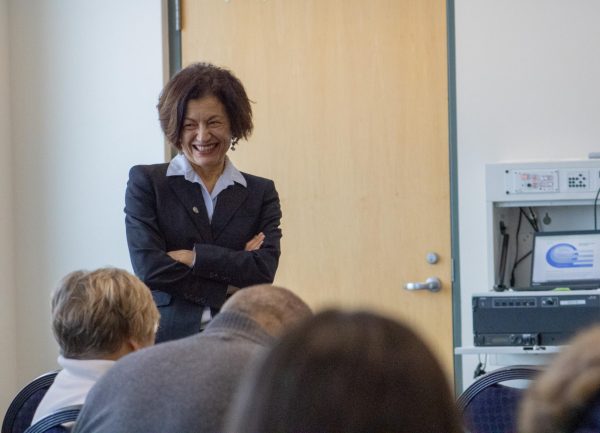
“Multiple student staffs struggle with living expenses, even working 15 to 20 hours a week. That is obviously distracting from their studies,” Cirefice said, highlighting the challenges faced by student workers.
In August, GVSU student workers’ wages were raised by a minimum of 23 cents, due to a required state minimum wage increase. According to MIT, the living wage in Ottawa County is $17. The average wage for on-campus student workers at GVSU is $12.08.
The efforts made by the Office of the Provost to retain students are a continued process.
“We are working diligently to develop what we call ‘coordinated care;’ making sure that we have an effort that makes sense, that is connected and designed to utilize as much as possible the resources that we share,” Truss said.




